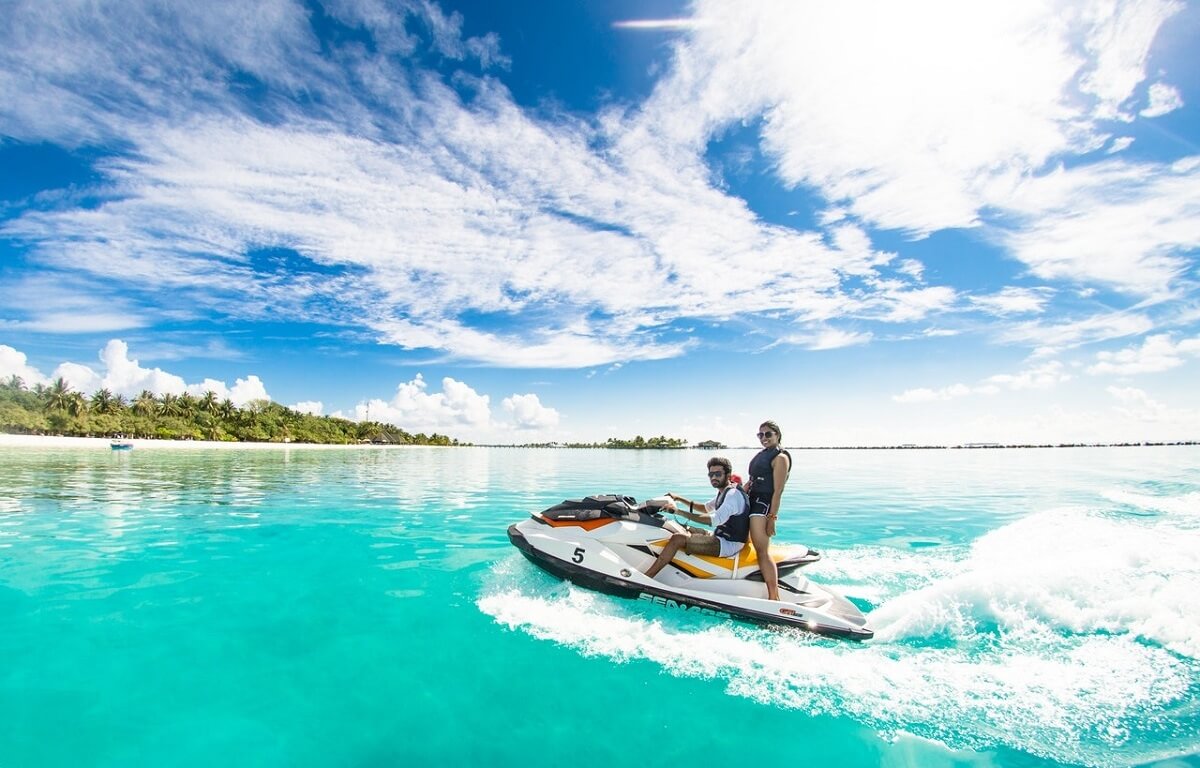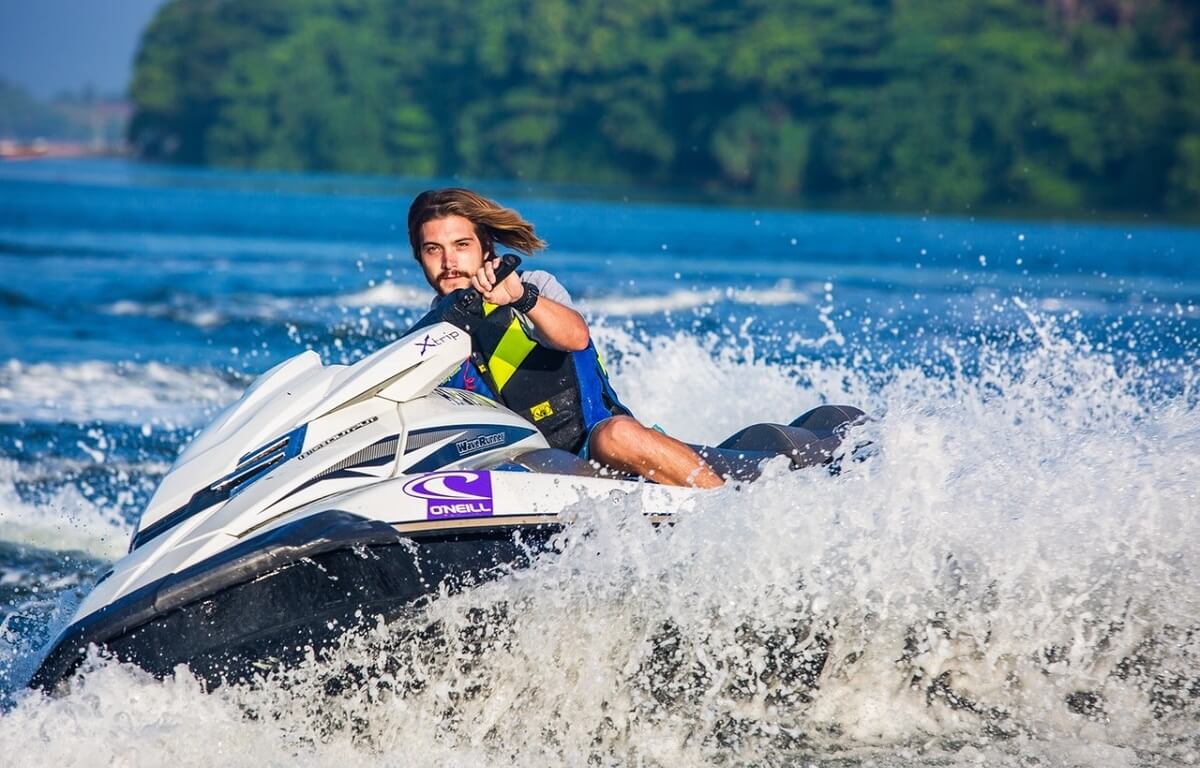Are you a fan of high-speed thrills? If yes, then personal watercrafts (PWCs) are made for you! They’re quick, close to the water, and allow you to do a number of tricks. And with two types to choose from – ones where you stand and others where you sit—you can opt for individual fun or double it by adding another person.
If you’re looking to give your children amazing, exhilarating memories this summer, taking them for a ride on a PWC is a great option! Most children are intrigued by motorcycles; so imagine their joy at getting to ride a motorcycle on water!
Here’s what to remember when taking your child on a PWC
Safety first
The US Coast Guard emphasizes the need for children to wear life jackets at all times when they’re on a vessel, and personal watercrafts are no exception. Make sure your child is wearing a personal flotation device (PFD) that has been approved by the US Coast Guard and fits perfectly. This is a necessary step to their safety and can’t be overlooked.
Hold on firmly and skip the seat
Holding on firmly is important to your child’s safety when on a personal watercraft, considering the speed of the vehicle. Make sure their grip around your waist is tight before you initiate the ride.
If you’re considering taking your child’s car seat on the PWC to strap them in, we’d suggest rethinking that idea. It’s better that they hold on to you than having an additional seat that’s strapped in. If there were to be any emergency situations, you’ll find it difficult to release your child from the car seat.
Furthermore, while it may seem safer to make your child sit between you and the handlebar, that’s not advised. It’s better for your child to hold on from behind so you can operate the PWC with ease.
Avoid taking children that are too young
Since jet skis and other PWCs boast of high speeds and adrenaline-pumping moves, it’s probably best to avoid taking very small children. As a rule, only people whose feet can touch the bottom of the PWC should be made to ride them; this way, they’ll have better balance as they’re speeding through.
There’s so much that goes into being safe on personal watercrafts and other water-borne vessels; you must already know how to care for your PWC but how do you care for your loved ones on it? We can help make sure you know all there is to know to be safe and happy; take our online Jet Ski safety course to ensure you and all other passengers are as safe as possible. Get started on your boat safety certificate now.


